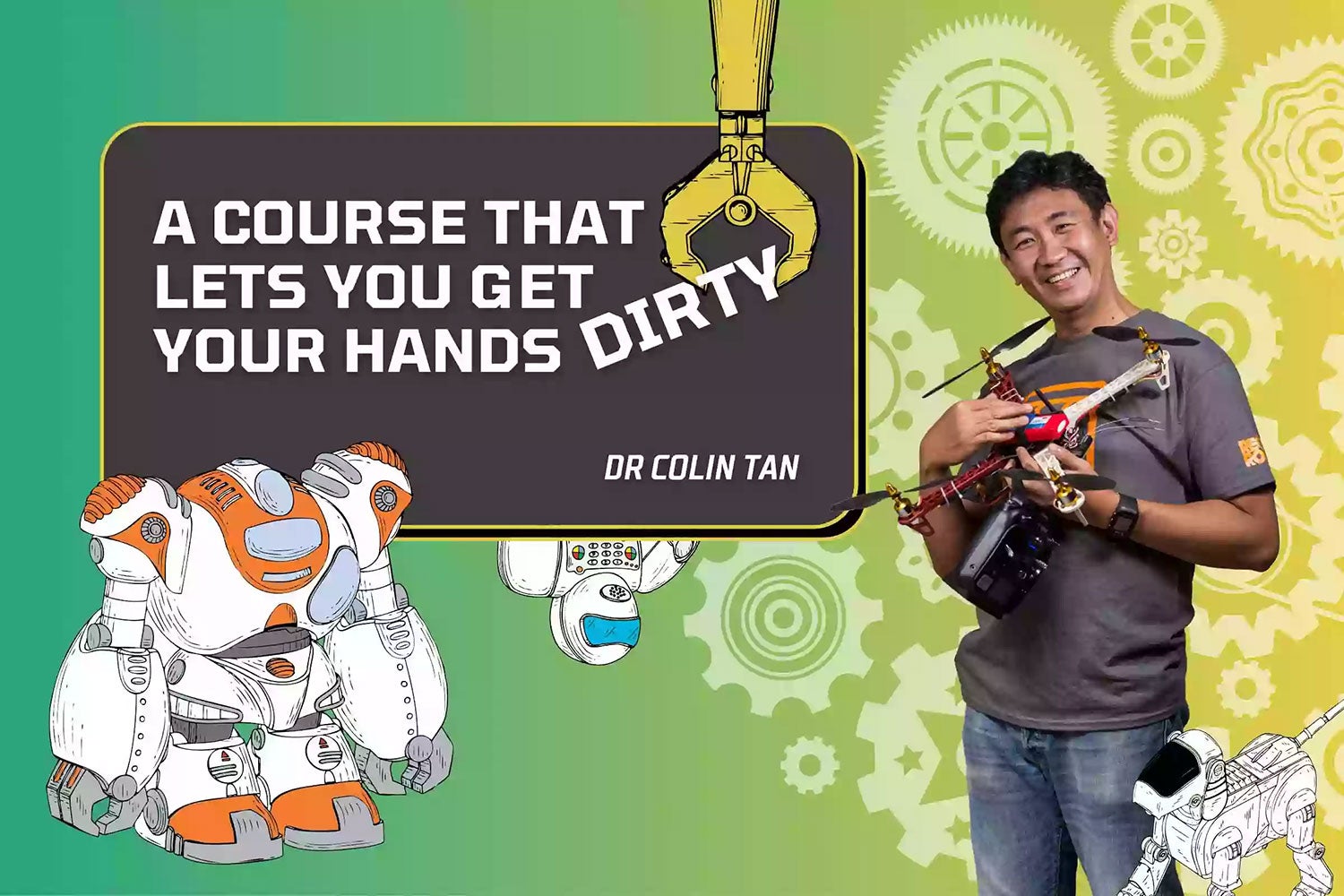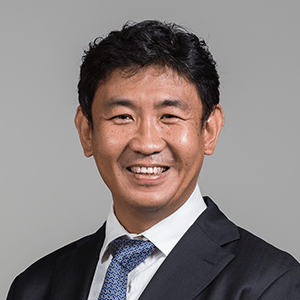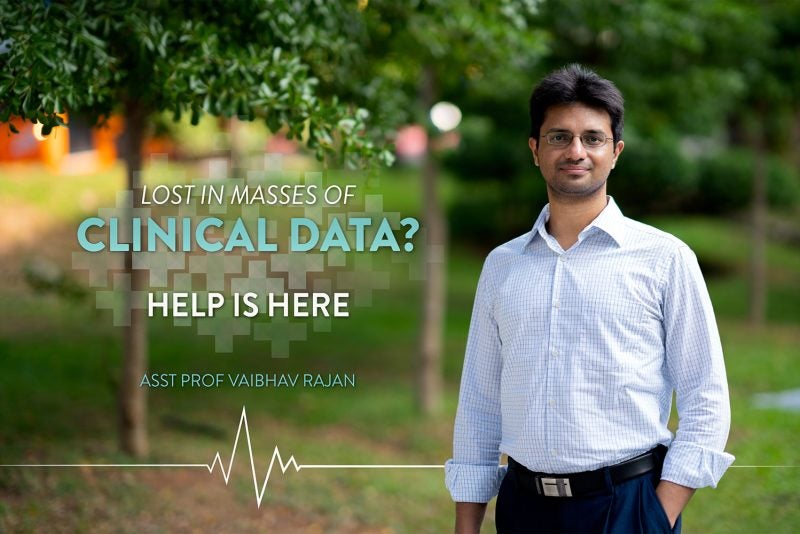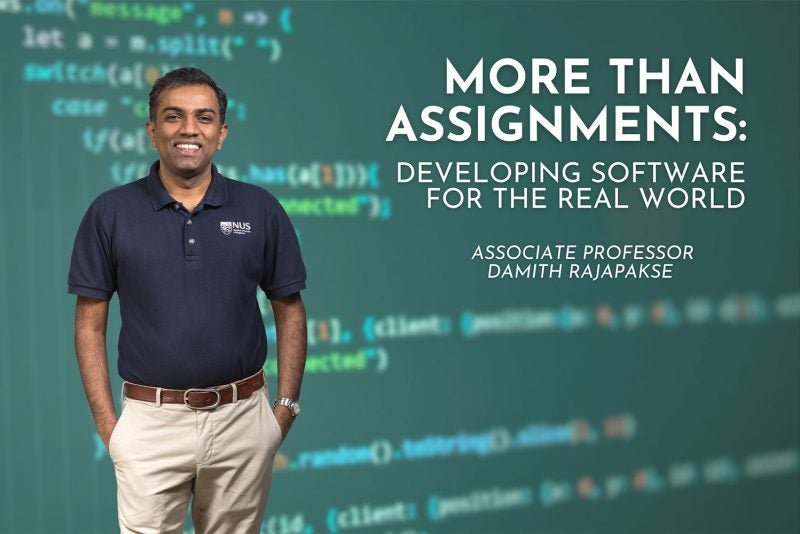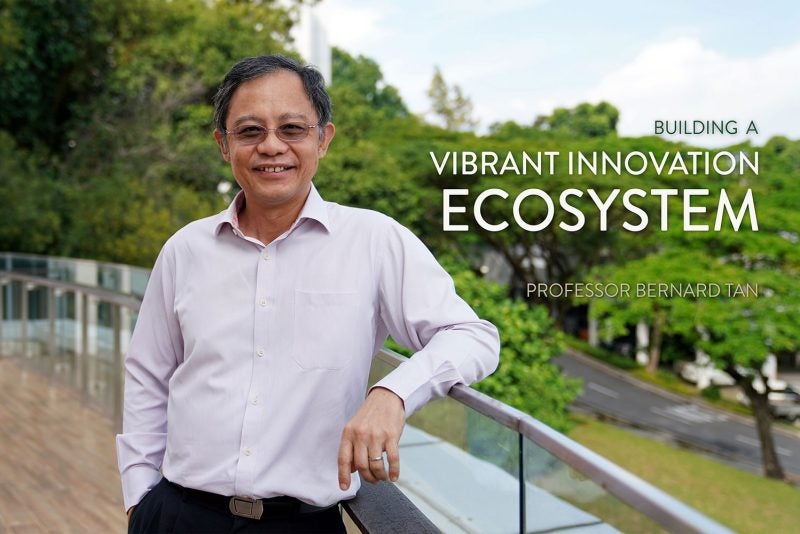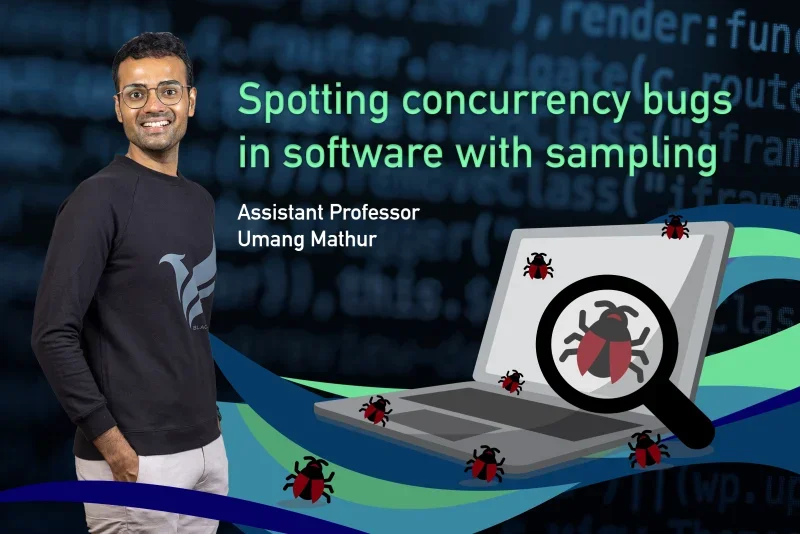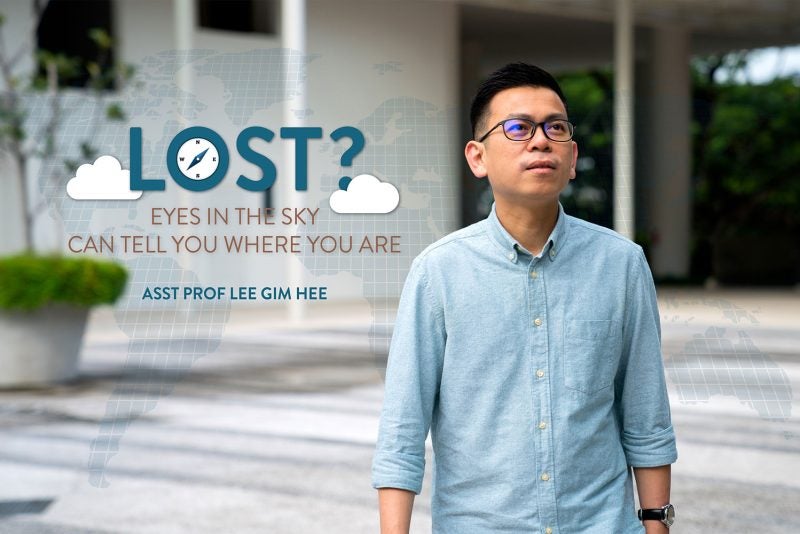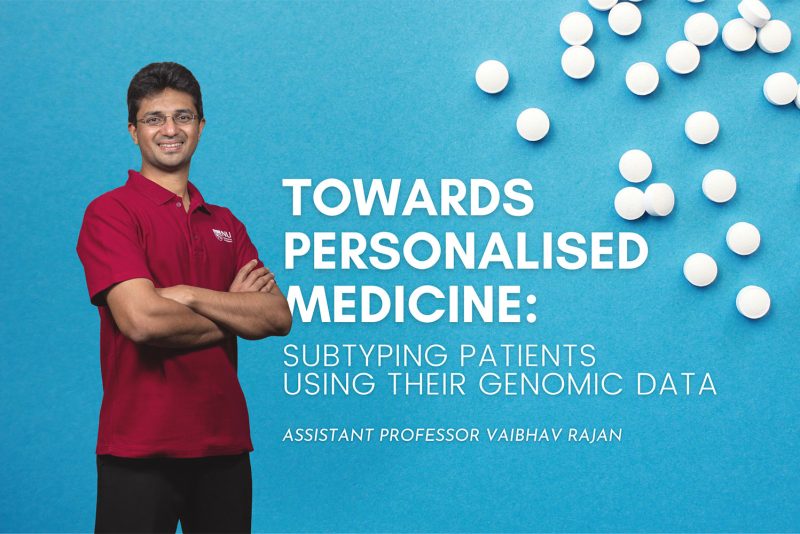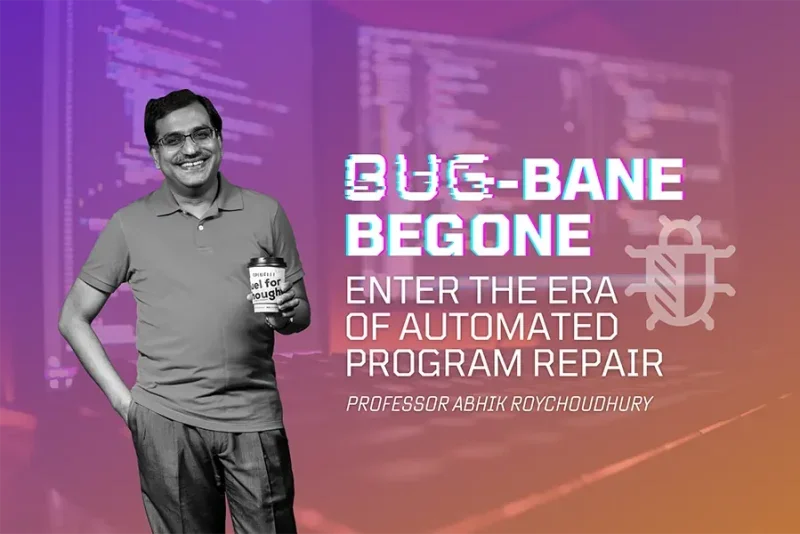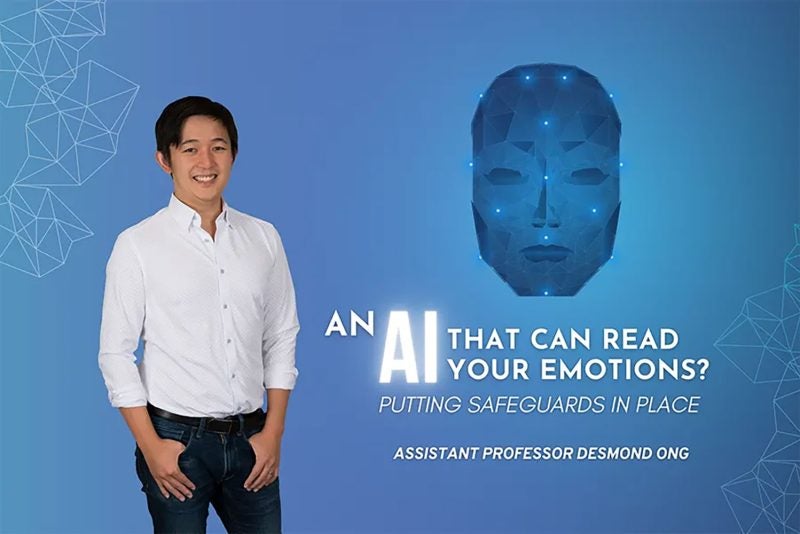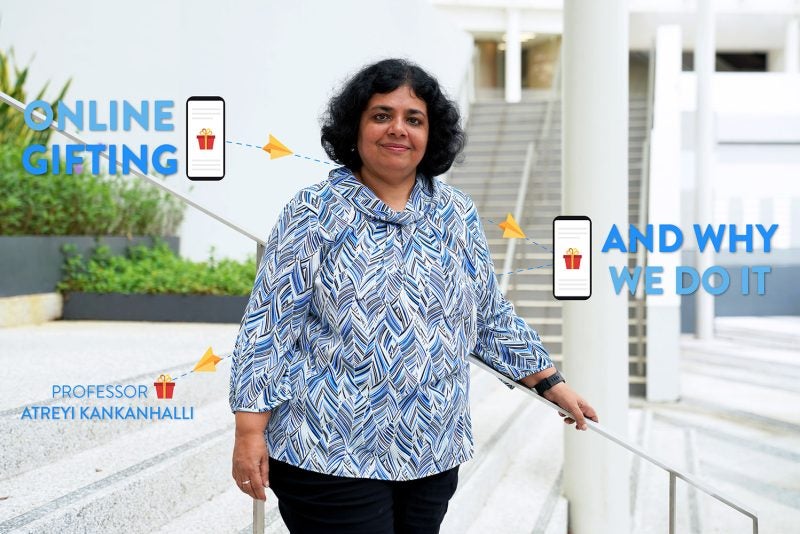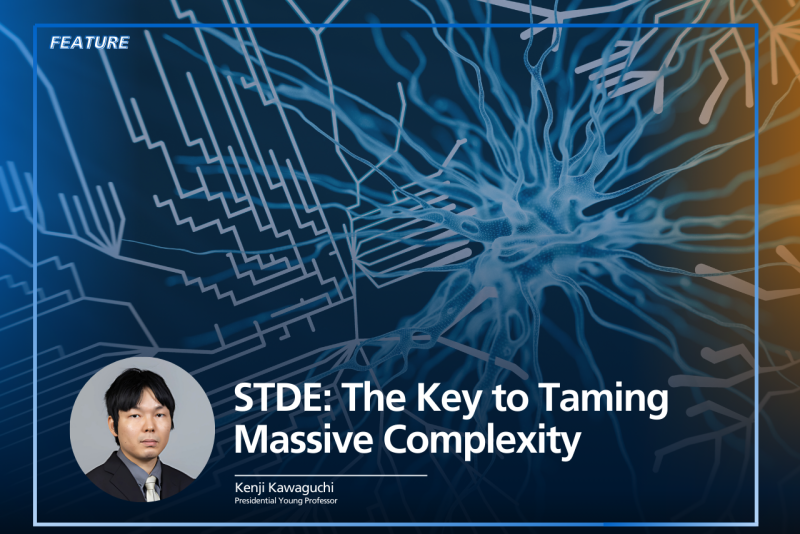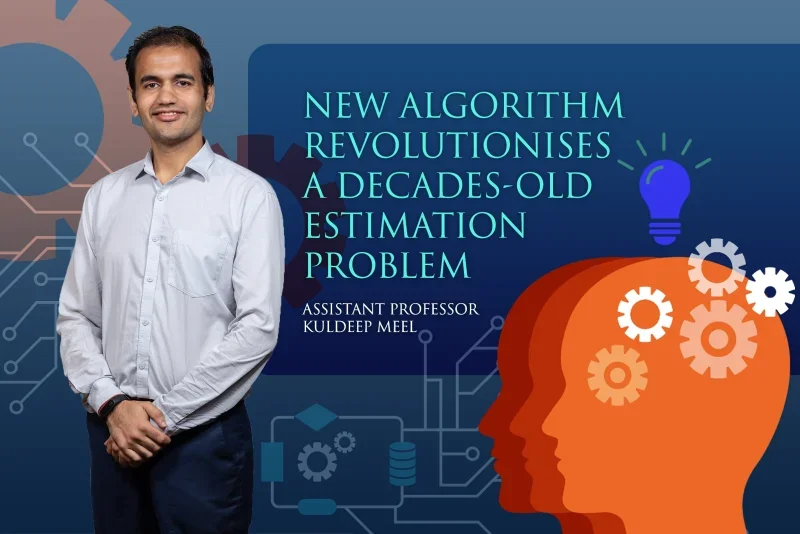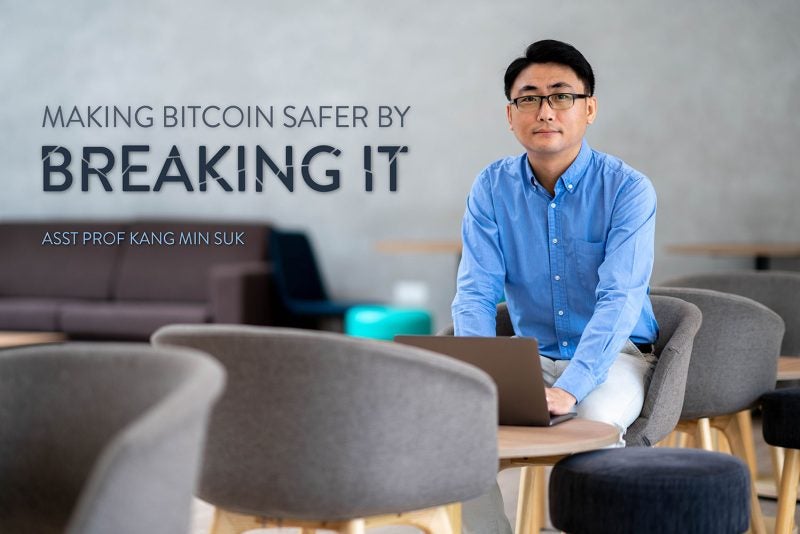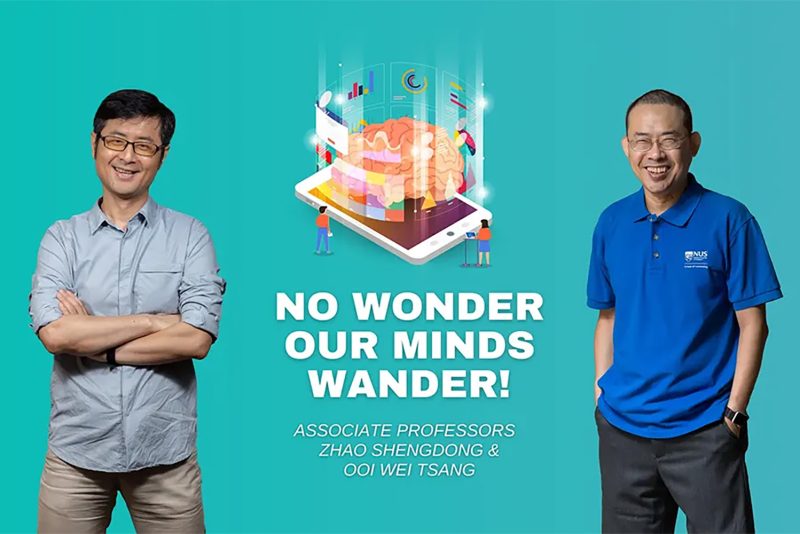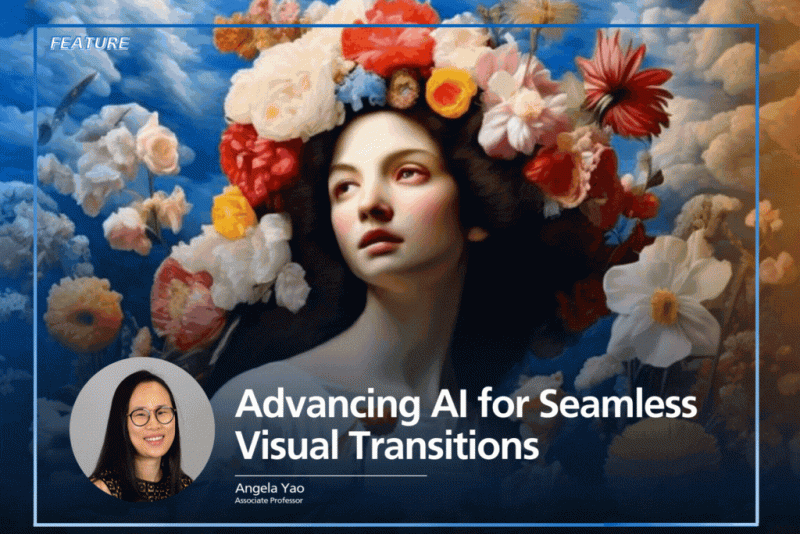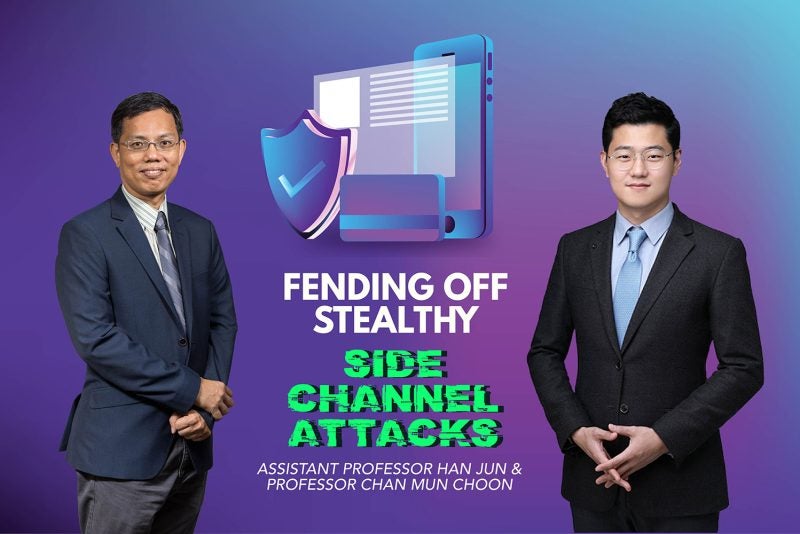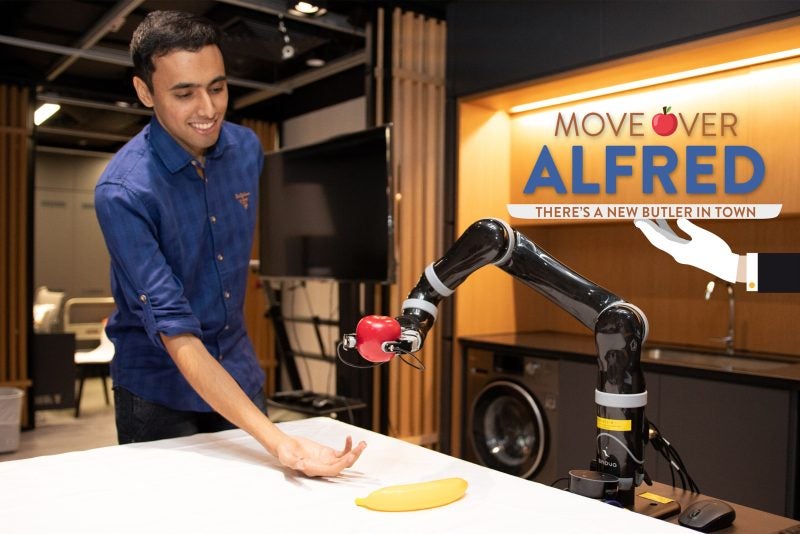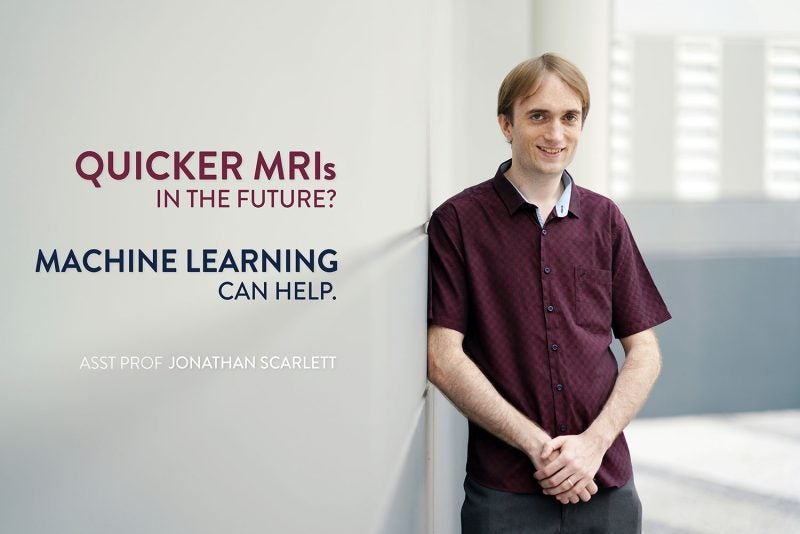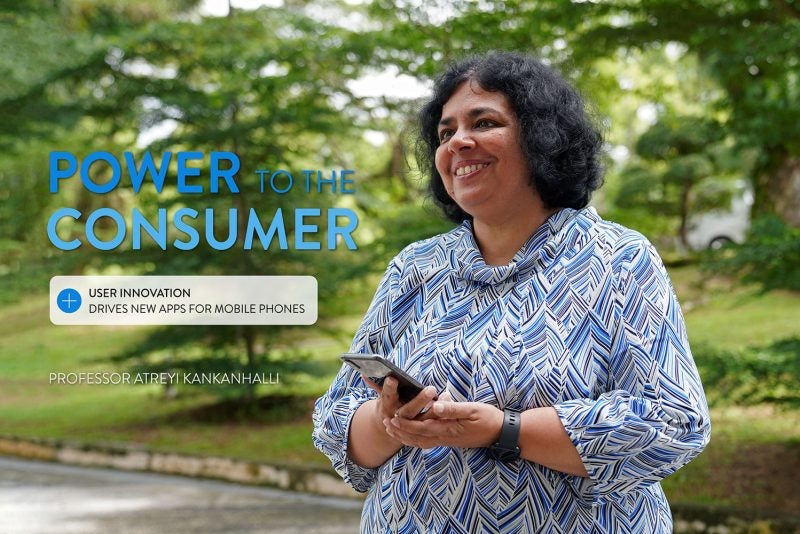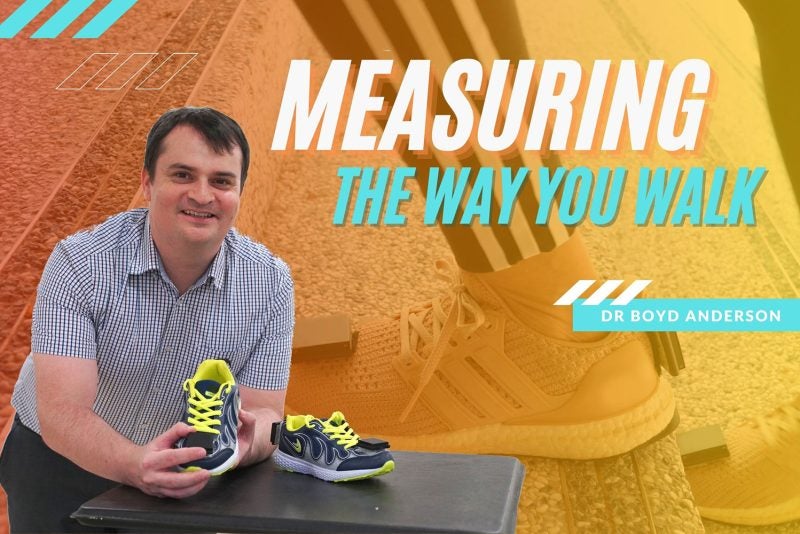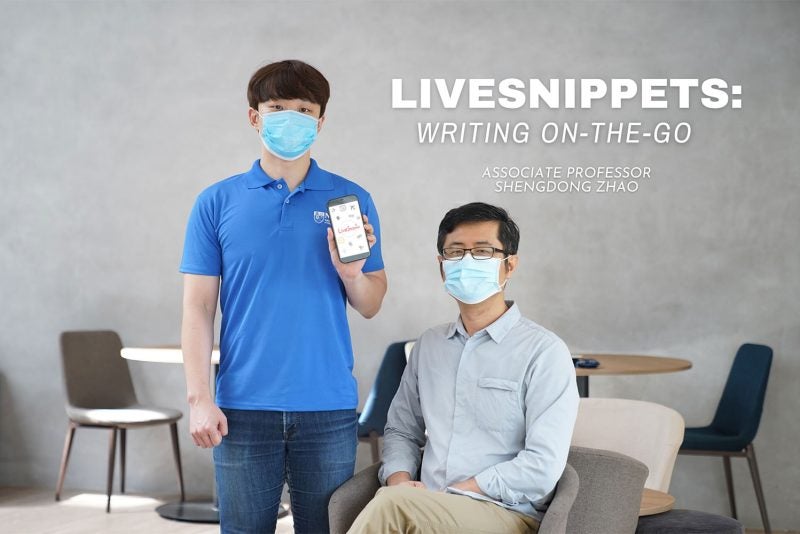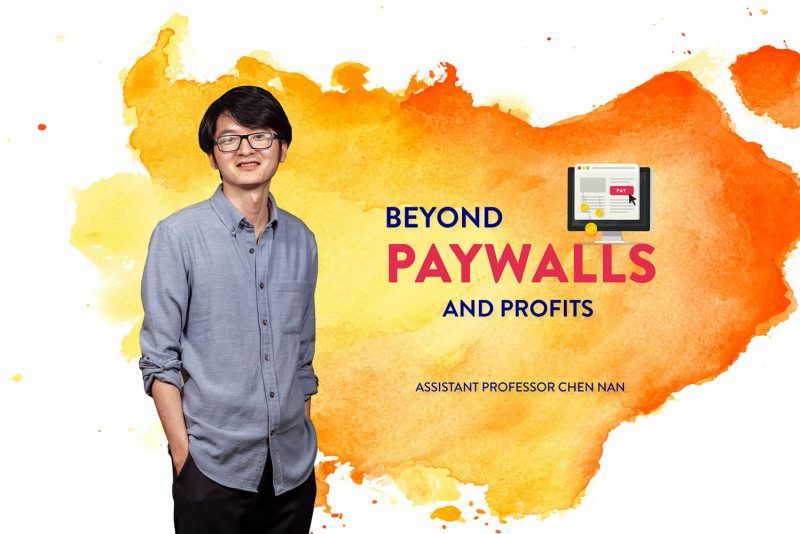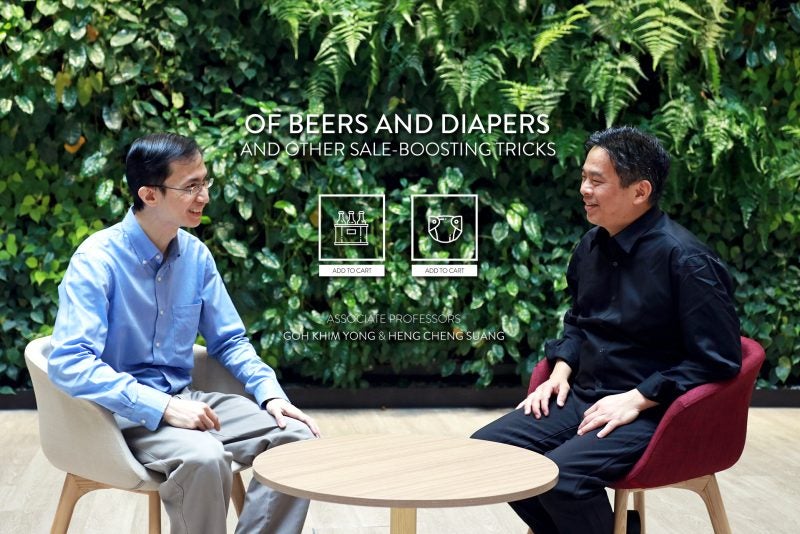‘EPP’ is an acronym that rolls easily off the tongue, and is something that all first-year Computer Engineering undergraduates at NUS are intimately familiar with. Short for ‘Engineering Principles and Practice,’ EPP is a course that spans two semesters — the first focuses on electronics and hardware, while the latter has a software emphasis.
EPP’s distinguishing feature, however, is that students spend most of their time tinkering away in a lab, rather than sitting passively in a lecture hall.
“The aim of EPP is to expose students as early as possible to the practical issues of engineering,” says Colin Tan, a senior lecturer at NUS Computing, who helped craft the curriculum. “The philosophy is to allow them to experience the real joys and real pains of engineering a solution.”
This focus on students being hands-on was a fairly novel approach when the course was first introduced to Computer Engineering (CEG) in 2017. “Traditionally, engineering modules involve just teaching the principles and students get to practise that maybe several times in the whole semester,” says Soh Wee Seng, an associate professor at NUS Engineering who is one of CEG EPP’s co-founders.
“So they don’t actually get to apply most of the concepts in practice, which makes it quite hard to conceptualise how all these different principles are applied in real life,” he says.
From textbook to table
But the EPP team wanted their course to be different. So they built two weekly lab sessions, or six hours of practical time, into each module — a far cry from the four or five sessions students would normally have over an entire semester.
To allow for this, the team adopted a ‘flipped classroom approach,’ pre-recording their lectures for students to review before they came into the studio. “The lecture part is taken offline, so in that way we free them up to really focus on the practical work,” explains Tan. “That’s one really innovative part about our EPP modules.”
The driving force behind this innovation was simple, the team reasoned: people learn better through trial and error, when they are directly immersed in the subject matter themselves. “The philosophy behind the EPP modules is really to allow students to experience the real joys and the real pains of engineering a solution,” says Tan.
For instance, a major component of EPP1 is the final project, where students are tasked to work in teams to build an autonomous robot capable of traversing a maze littered with “challenges” that need to be decoded — something the team dubs ‘The A-Maze-Ing Race’.
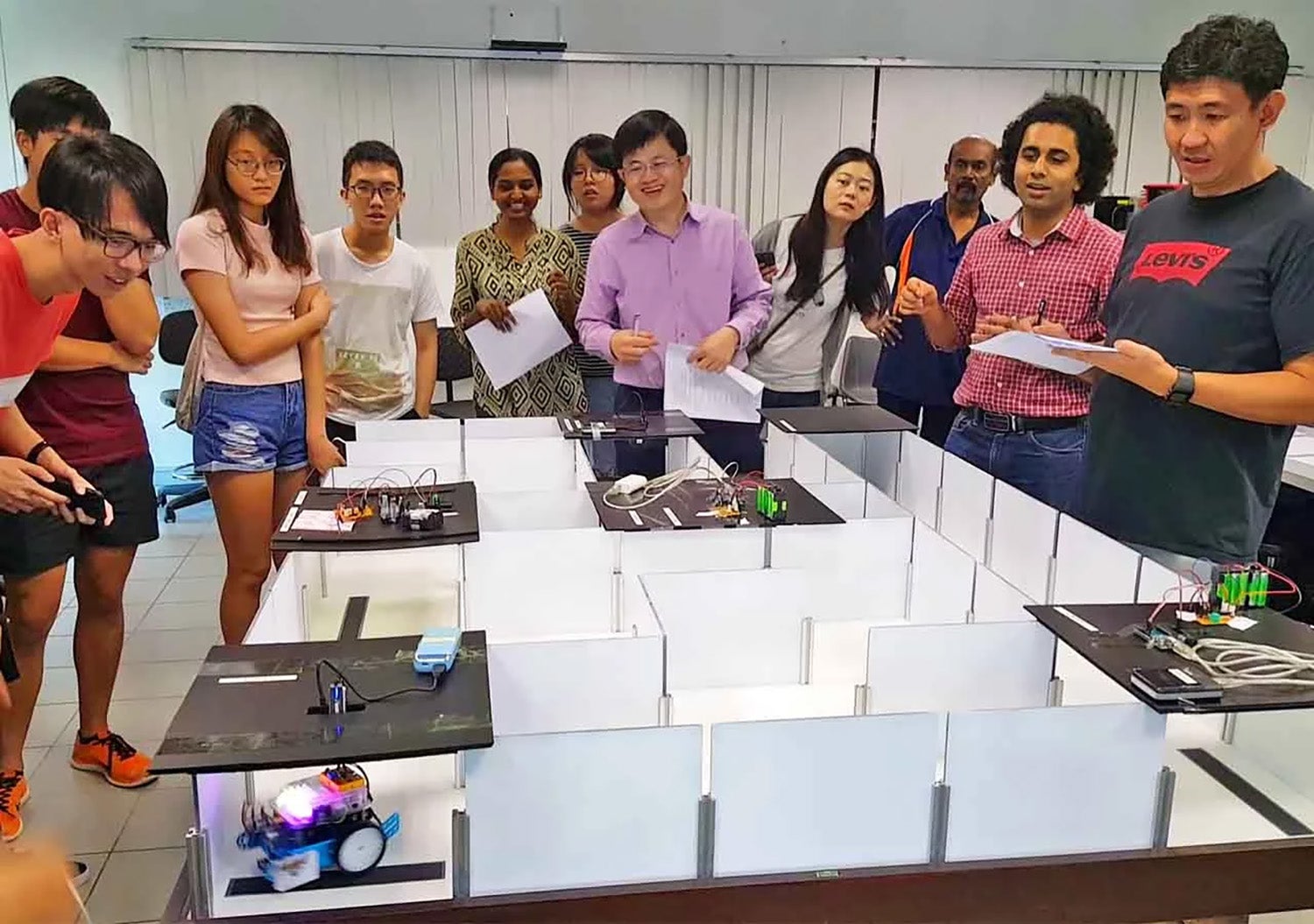
“Students come in thinking that the world ought to function the way they want it to function, but then they learn from this course that it doesn’t always happen this way,” says Tan.
“They realise that maybe the motors don’t both operate at the same speed and as a result, getting the robots to run in a straight line is a challenge. Or they might realise that the sensors work one way when it’s raining, and another way when it’s not. And then when someone starts sneezing, it’s a different way,” he says, laughing.
His colleague Sangit Sasidhar, from NUS Engineering, offers up another example. “The robots have this light sensor,” explains Sasidhar, one of CEG EPP’s founding members. “Depending on where you are in the maze, the lighting will change.” And so students learn where best they should position the sensor, the angle it should be mounted onto the robot, how shadows from the maze wall may affect light detection, and so on.
“So it’s not just about the electrical and computing engineering aspects, but also general engineering and design aspects we’re teaching too,” he says.
“With EPP, we get students to face the challenges that all of us, as engineers, are thoroughly familiar with,” adds Tan.
Learning and growing
EPP’s hands-on approach has paid off handsomely — for both the team and their students.
For one, the module brings to life otherwise staid theoretical concepts. “The best part for me is the ‘ah-ha’ moment, when you see students realise that they know something, but then this is how it really works and that these things work together,” says Henry Tan from the Department of Electrical and Computer Engineering, who joined the EPP teaching team in 2018. “These are the moments I really enjoy having with them.”
Soh adds: “As educators, we feel a sense of satisfaction when we see that the students learn something. In this module, we don’t tell them the answers directly when there are some problems, but try to probe them to realise for themselves.”
“So when they really grasp the concept and connect the dots on their own, that’s when we feel very happy,” he says.
Through EPP, students learn the invaluable skill of troubleshooting. The lecturers guide them through the steps of debugging — something that computer engineers do all the time, says co-founder Soo Yuen Jien from NUS Computing. “In this module, we can finally teach students what we do, instead of what we know. The students learn that you can actually seek out the solution, rather than just banging your head on the wall.”
“The best way of learning these problem-solving skills is by getting your hands dirty,” adds his colleague Boyd Anderson, who recently joined the EPP team. “Students tend to take a lot of pride in what they’ve done and they get to build something with their own hands…that’s probably my favourite part of the module and why, when I was asked to start teaching it, I agreed.”
One result of this experiential learning is that the students have learnt to come up with creative solutions to the challenges at hand. “It really helps them to build up a psyche open viewpoint on engineering itself,” reflects Sasidhar.
“What makes it fun for us faculty members is seeing the varied results across the teams, when we give them a very skeleton template at the start and then seeing how they build upon that,” he says. “It’s something we really enjoy, seeing how much students can come up with innovative solutions.”
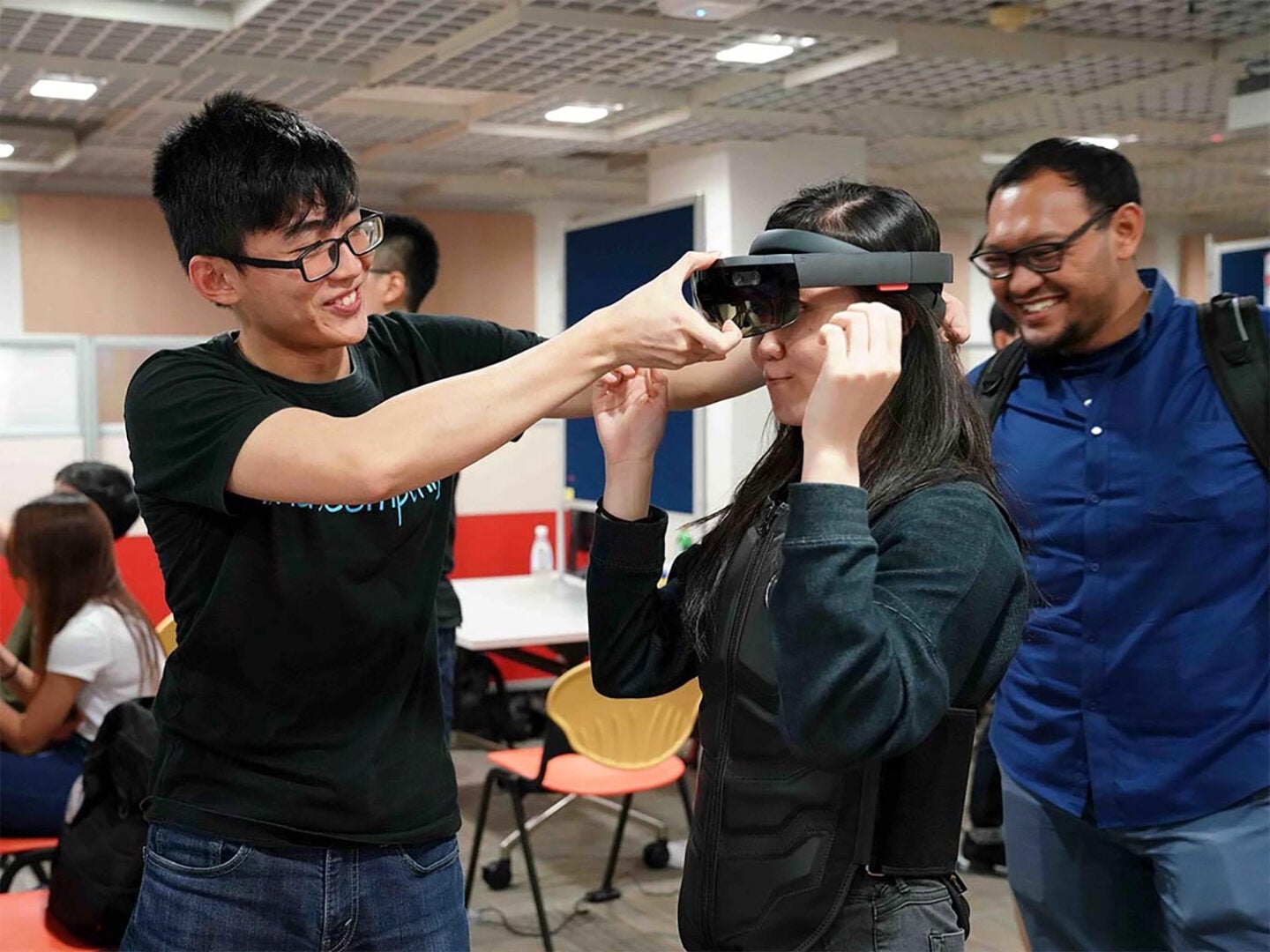
“It’s actually really cool,” adds Tan. He recalls how one year, students had to create robots capable of navigating a maze in order to rescue ‘casualties,’ where red markers signified a dead person while green ones represented those who were alive but injured. The robots had to distinguish between the two types of casualties, on top of steering clear of obstacles in their paths.
“One of the teams mounted a little magnet onto their robot that could carry a package. When it found a green person, the robot would drop off the package to them,” Tan recalls. “It’s cool how students are motivated to come up with amazing solutions to overcome problems.”
Tan’s favourite part about teaching EPP, however, is seeing how confident students become at the end of it. Getting hands-on practical experience at the start of their time in NUS is a real boon, he says, with many students taking part in “big international competitions right in their second year, after they do EPP with us.”
“I think the fact that we can produce people — and you know these are very fresh students — who become much more confident, enough to engineer their own solutions at the end, to the point that they will branch out and start working on their own projects, that’s something I’m very proud of,” he says.

